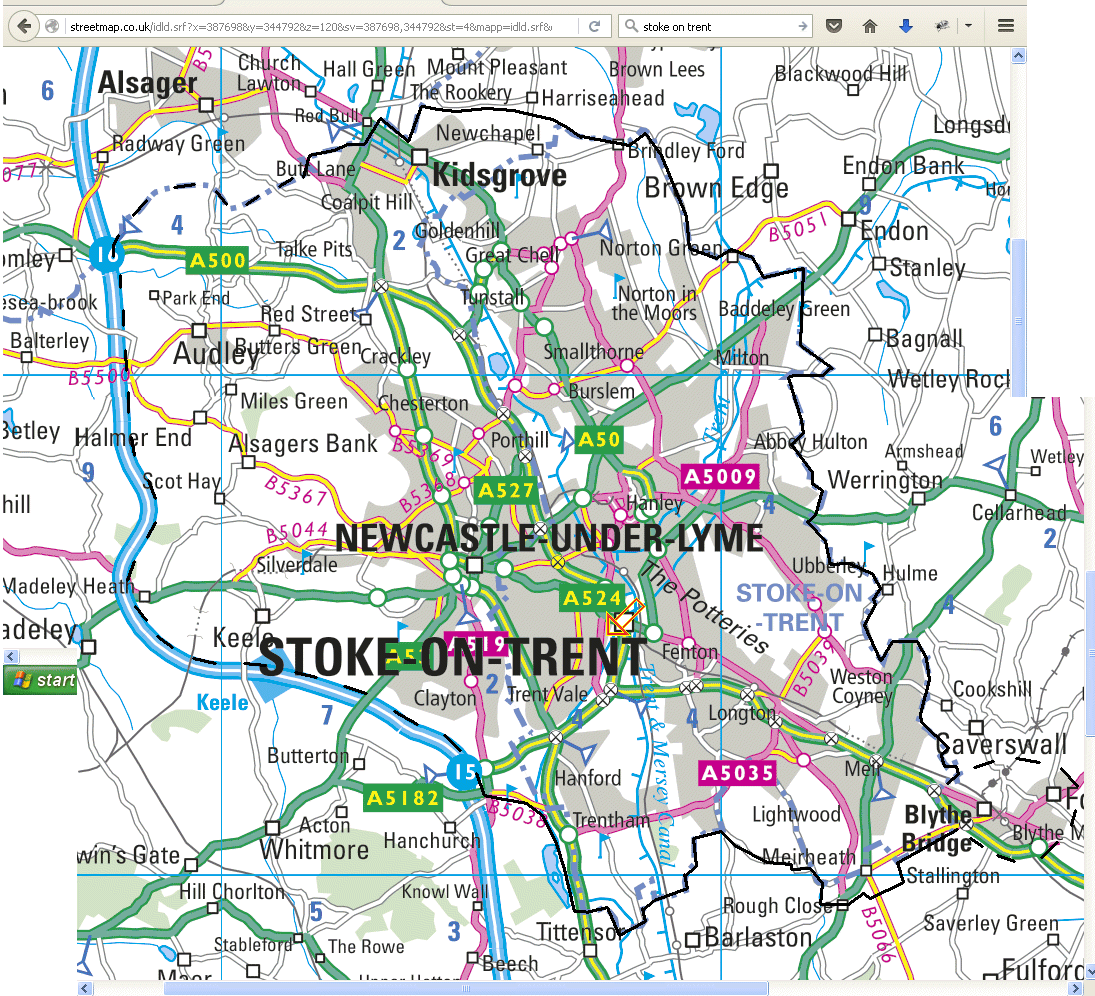Post by greenhert on Apr 21, 2020 16:13:50 GMT
Stoke-on-Trent North was created in 1950, mainly from the old Burslem constituency. It experienced a major boundary change in 1983 when it expanded to include the town of Kidsgrove, which whilst administratively part of Newcastle-under-Lyme is in reality part of Stoke-on-Trent.
Stoke-on-Trent North primarily comprises the communities of Burslem, Kidsgrove and Tunstall. It is part of the Potteries conurbation, which consists of six towns and some villages; Stoke-on-Trent is not a true city but a collection of towns merged into a city-sized area. Like the rest of Stoke-on-Trent, this area was dependent on the pottery, steelworking and coal industries but the latter two have disappeared whilst whatever potterymaking exists is in terminal decline; Dudsons closed two years ago with the loss of 318 jobs. Stoke-on-Trent North had the 6th highest Leave vote in the EU referendum, namely 72%. Stoke-on-Trent North's demographic statistics classically fit in with old industrial areas: 35.5% of the population have no qualifications whereas a mere 13.7% have degree-level qualifications, and its social housing levels are slightly higher than the regional average.
Like the rest of Stoke-on-Trent, Stoke-on-Trent North was once a rock-solid Labour seat. Even in 1983 and 1987 the Labour majority never dipped below 8000, and John Forrester's deselection in 1987 (part of series of deselection attempts of moderate Labour MPs by socialist factions) did nothing to hurt Labour's position even though Joan Walley was London-based. It was during the Blair years that this seat's political history began to get interesting: a local Independent, Charles Wanger, polled as much as 11.3% of the vote in 2001, nearly beating the Liberal Democrats. It experienced a substantial pro-Conservative swing of 8.8% and was one of only a handful of constituencies where both the BNP and UKIP saved their deposits. Mrs Walley retired in 2015 and Ruth Smeeth succeeded her as MP; that year UKIP polled almost 25% of the vote and it was evident that in the long term Labour was in serious trouble, with Mrs Smeeth experiencing a 4% swing against her when she was elected. With UKIP absent in 2017, the Conservatives achieved a 3.4% swing against her and were disappointed not to have captured the seat despite a Conservative vote share increase of 17.7%. Her luck finally ran out in 2019 when "teacher, Tory and trade unionist" Jonathan Gullis captured the seat on a 10.7% swing, making him the first Conservative MP to represent the Burslem area since 1931 (if you count William Allen as a Conservative; he was technically endorsed by National Labour as well). At a local level City Independents and Conservatives have captured a majority of the seats from Labour, and the Conservatives have made significant inroads into Kidsgrove.
Stoke-on-Trent North primarily comprises the communities of Burslem, Kidsgrove and Tunstall. It is part of the Potteries conurbation, which consists of six towns and some villages; Stoke-on-Trent is not a true city but a collection of towns merged into a city-sized area. Like the rest of Stoke-on-Trent, this area was dependent on the pottery, steelworking and coal industries but the latter two have disappeared whilst whatever potterymaking exists is in terminal decline; Dudsons closed two years ago with the loss of 318 jobs. Stoke-on-Trent North had the 6th highest Leave vote in the EU referendum, namely 72%. Stoke-on-Trent North's demographic statistics classically fit in with old industrial areas: 35.5% of the population have no qualifications whereas a mere 13.7% have degree-level qualifications, and its social housing levels are slightly higher than the regional average.
Like the rest of Stoke-on-Trent, Stoke-on-Trent North was once a rock-solid Labour seat. Even in 1983 and 1987 the Labour majority never dipped below 8000, and John Forrester's deselection in 1987 (part of series of deselection attempts of moderate Labour MPs by socialist factions) did nothing to hurt Labour's position even though Joan Walley was London-based. It was during the Blair years that this seat's political history began to get interesting: a local Independent, Charles Wanger, polled as much as 11.3% of the vote in 2001, nearly beating the Liberal Democrats. It experienced a substantial pro-Conservative swing of 8.8% and was one of only a handful of constituencies where both the BNP and UKIP saved their deposits. Mrs Walley retired in 2015 and Ruth Smeeth succeeded her as MP; that year UKIP polled almost 25% of the vote and it was evident that in the long term Labour was in serious trouble, with Mrs Smeeth experiencing a 4% swing against her when she was elected. With UKIP absent in 2017, the Conservatives achieved a 3.4% swing against her and were disappointed not to have captured the seat despite a Conservative vote share increase of 17.7%. Her luck finally ran out in 2019 when "teacher, Tory and trade unionist" Jonathan Gullis captured the seat on a 10.7% swing, making him the first Conservative MP to represent the Burslem area since 1931 (if you count William Allen as a Conservative; he was technically endorsed by National Labour as well). At a local level City Independents and Conservatives have captured a majority of the seats from Labour, and the Conservatives have made significant inroads into Kidsgrove.


